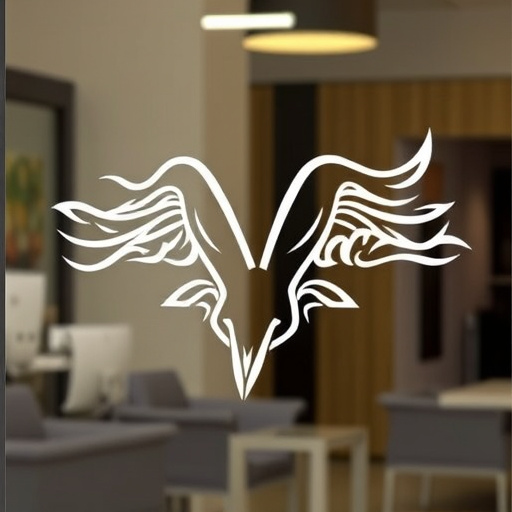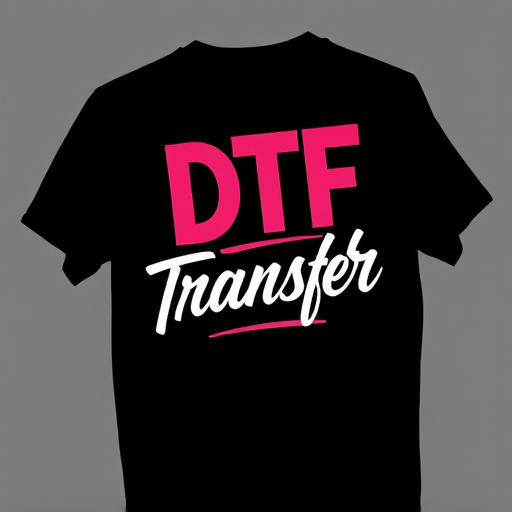Direct-to-Film (DTF) printing is a revolutionary method that brings the artistic essence of traditional film photography into the modern era. By scanning high-resolution digital images and using specialized software, this process creates stunning prints with unparalleled clarity, depth, and color accuracy. DTF offers a unique aesthetic appeal, tactile quality, and cost-effective production for limited-edition prints, making it a sought-after choice among enthusiasts and collectors who value both art and innovation in imaging.
“Unleash the timeless allure of film photography with the innovative direct-to-film (DTF) transfer format. This article explores the art of converting photographic images to DTF prints, offering a unique blend of digital precision and analog charm. From understanding the DTF process to selecting the right equipment, we delve into the benefits, technical intricacies, and tips for achieving stunning results. Discover how DTF prints are revolutionizing the way we capture and preserve memories, merging the best of both worlds.”
- Understanding Direct-to-Film (DTF) Transfer Format
- The Evolution of Digital Imaging and Its Impact on Film Photography
- Benefits of Converting Photographs to DTF Prints
- Technical Aspects of the DTF Process
- Choosing the Right Equipment for DTF Conversion
- Tips for Achieving Optimal Results with DTF Prints
Understanding Direct-to-Film (DTF) Transfer Format
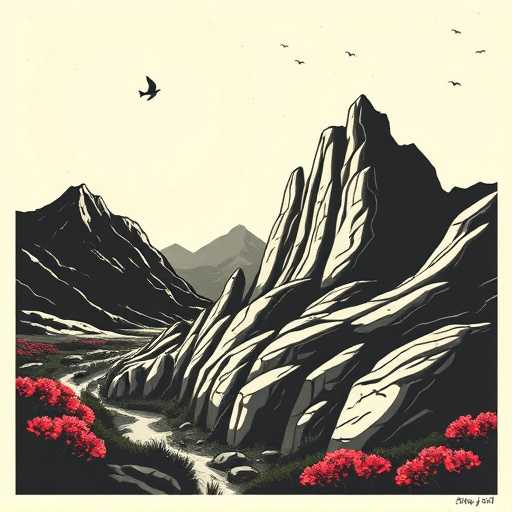
Direct-to-film (DTF) transfer format is a cutting-edge method that allows for the precise reproduction of photographic images directly onto film, bypassing digital intermediates. Unlike traditional printing processes that rely on pixels and screens, DTF technology captures the intricate details and tonal range of an image, resulting in stunning prints that mimic the look and feel of traditional film photography.
This innovative approach involves scanning the original photograph at high resolution and then using specialized software to convert the digital data into a format compatible with film. The process enables photographers and artists to achieve remarkable clarity, depth, and color accuracy, making DTF prints highly sought after by enthusiasts and collectors alike. By preserving the artistic essence of film photography, DTF offers a unique way to experience and appreciate the beauty of traditional imaging techniques in the modern era.
The Evolution of Digital Imaging and Its Impact on Film Photography
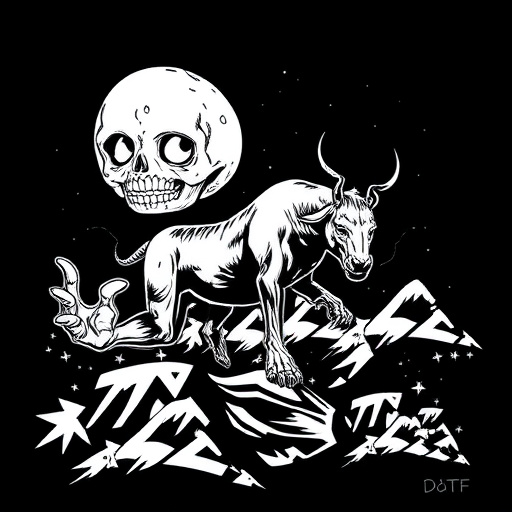
The evolution of digital imaging has undeniably reshaped the landscape of photography, marking a significant departure from traditional film-based practices. As technology advanced, photographers and enthusiasts alike embraced the convenience and versatility offered by digital cameras. This shift brought about a decline in the popularity of film photography, including direct-to-film (DTF) prints. However, within recent years, there’s been a resurgence of interest in film as a medium, driven partly by a nostalgic desire for its unique aesthetic and tactile quality.
Despite the digital revolution, DTF Prints continue to hold a special place in both professional and personal photography. Today, with sophisticated software and innovative techniques, photographers can now convert digital images into high-quality film negatives, effectively bringing digital convenience to the analog realm. This evolution allows for a blend of traditional and modern practices, catering to those who appreciate both the art of film and the efficiency of digital imaging.
Benefits of Converting Photographs to DTF Prints

Converting photographic images to Direct-to-Film (DTF) prints offers a range of advantages for both professional photographers and enthusiasts. One of the key benefits is the preservation of original color and detail, ensuring that every shade and texture from the digital image is accurately transferred onto the film. This process results in prints that are often described as having a unique, timeless aesthetic, appealing to those who appreciate the beauty of analog photography.
Additionally, DTF Prints provide an authentic experience for artists and collectors. The physical act of handling and displaying film photographs adds a tactile quality that digital images lack. This tangibility enhances the overall appreciation of the art, allowing viewers to immerse themselves in the photograph’s story and context. Furthermore, DTF printing can be a cost-effective solution for creating high-quality, limited-edition prints, catering to artists looking to diversify their portfolio and offer collectors unique pieces.
Technical Aspects of the DTF Process
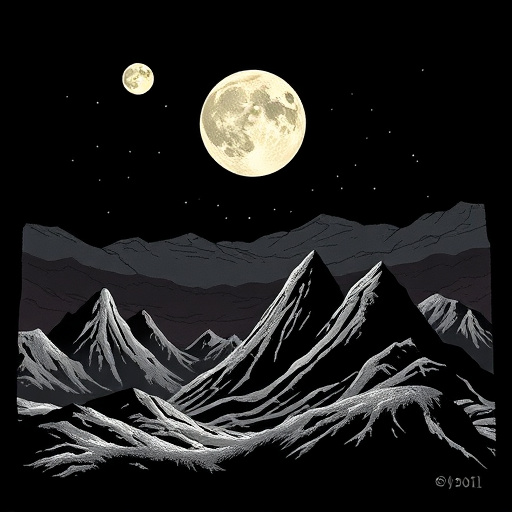
The Direct-to-Film (DTF) process is a unique method that brings photographic images to life on film, offering a distinct aesthetic experience for photographers and cinephiles alike. This technique involves several technical intricacies that contribute to its high-quality output. During the DTF conversion, digital images are meticulously scanned at extremely high resolutions, capturing intricate details and colors. The scanned data is then processed using specialized software, which enables precise color calibration and manipulation, ensuring the final print closely replicates the original image.
The heart of the DTF process lies in the film transfer itself. High-performance printers use advanced inkjet technology to deposit microscopic dots of pigment onto a light-sensitive film base. This intricate dot pattern, when exposed to specific lighting conditions, creates a stunningly sharp and vibrant image. The choice of film stock plays a pivotal role; various options are available, each offering distinct characteristics like contrast, grain structure, and color response, allowing artists to achieve diverse visual effects.
Choosing the Right Equipment for DTF Conversion
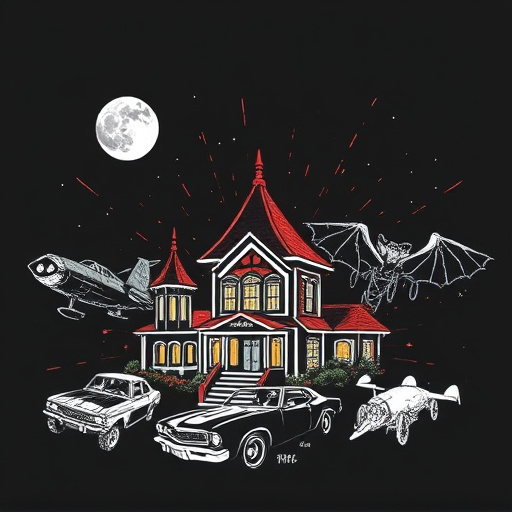
Converting photographic images to a direct-to-film (DTF) transfer format requires specific equipment to achieve optimal results. The first step is selecting a high-quality film stock suitable for your desired DTF prints. This choice depends on factors like image resolution, color saturation, and grain texture, all of which impact the final print’s quality. Once you’ve chosen the film, invest in a reliable film scanner or a digital camera with exceptional resolution to capture the image accurately.
Additionally, a top-tier printer capable of producing high-fidelity prints is essential. Consider inkjet printers designed for fine art applications, as they offer precise color reproduction and excellent control over print quality. Furthermore, ensure you have the right software to prepare and optimize your images for DTF conversion, ensuring seamless integration between your digital files and the physical film transfer process.
Tips for Achieving Optimal Results with DTF Prints

To achieve optimal results with DTF (Direct-to-Film) prints, start by ensuring your source photographic images are high-resolution and well-optimized. Use formats like TIFF or PNG, and aim for a minimum resolution of 300 DPI (dots per inch) to capture fine details accurately. Color balance and gamma settings should be properly adjusted in your editing software to match the desired film look.
Next, consider your printer and paper choices carefully. High-quality printers designed specifically for DTF or professional photography are ideal. Different films require distinct paper types; check compatibility guides to select the right paper for your chosen film stock. Regular calibration of your printer and regular cleaning of the print heads will also ensure consistent, top-tier results with each print job.




